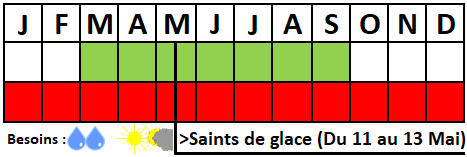! Nouveau site ici !
Vita > Plantae > Magnoliophyta > Magnoliopsida > Plantaginales >
Plantaginaceae > Plantago
Plantago major
(Plantain officinal)
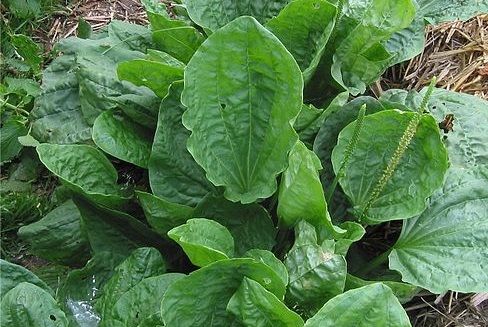



 | ** - ***
| ** - ***
Vita > Plantae > Magnoliophyta > Magnoliopsida > Plantaginales >
Plantaginaceae > Plantago
Plantago major
(Plantain officinal)

-20/-23°C
Plante vivace de 10-50 cm, aux feuilles basales ovales, lisses ou légèrement pubescentes, et disposées en rosette ; elle est originaire d'Europe mais aujourd'hui plutôt considérée comme une mauvaise herbe...
→suite
⬀
Le  donne accès au menu
donne accès au menu (c'est votre point de repère) 😊 ;
En dessous vous avez la classification, à partir de la vie (Vita, premier rang) jusqu'à la classe au dessus de la plante, dont vous trouvez ensuite le nom scientifique/botanique (latin) puis le nom commun (français), le cas échéant ;
C'est aussi un lien vers la fiche complète (tout comme la ✖, en bas à droite, et le +, en dessous de la description) ;
Vient alors l'illustration (ou ce qui la remplace, en attendant), la comestibilité :
Et en bas
⬂

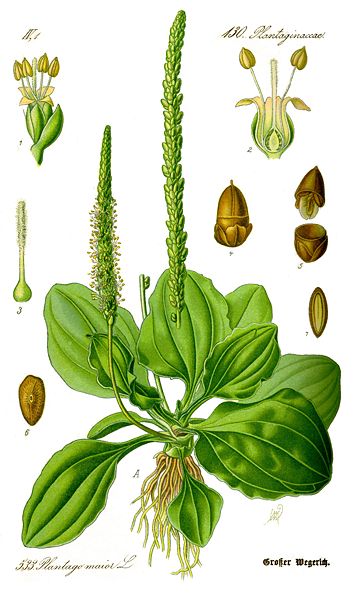

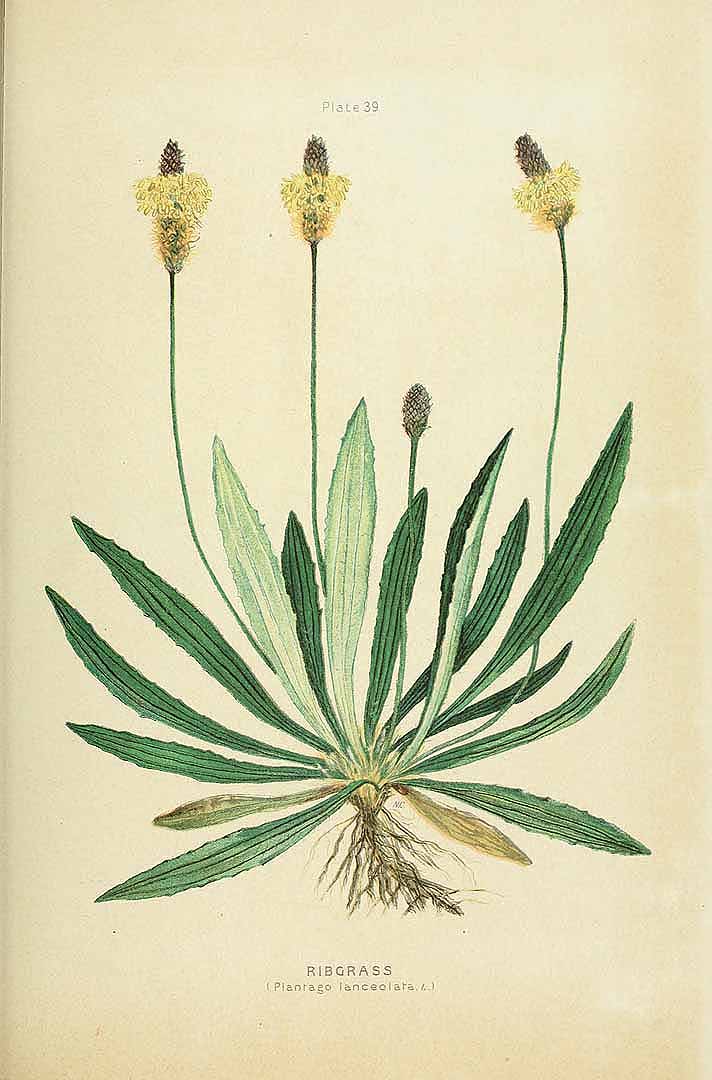

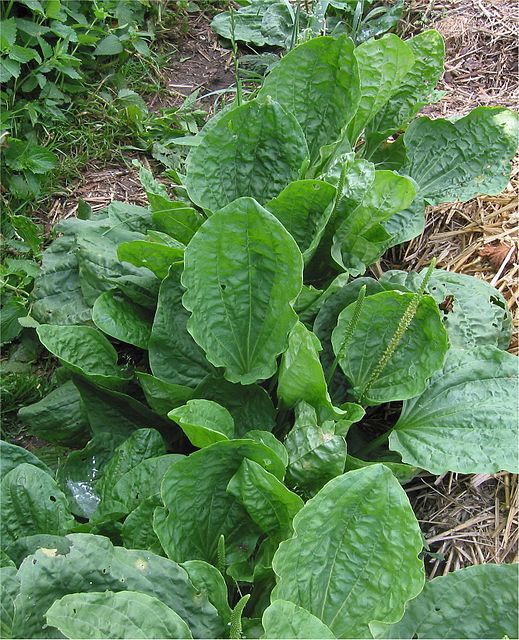

![Illustration Plantago major, Par Sturm, J., Sturm, J.W., Deutschlands flora (1798-1855) Deutschl. Fl. vol. 19 (1841) [Heft 83-88] t. 54] , via plantillustrations Illustration Plantago major, Par Sturm, J., Sturm, J.W., Deutschlands flora (1798-1855) Deutschl. Fl. vol. 19 (1841) [Heft 83-88] t. 54] , via plantillustrations](../inc/images/illustrations/plantain_majeur3.jpg )
![Illustration Plantago major, Par Sturm, J., Sturm, J.W., Deutschlands flora (1798-1855) Deutschl. Fl. vol. 19 (1841) [Heft 83-88] t. 54] , via plantillustrations - Fermer Illustration Plantago major, Par Sturm, J., Sturm, J.W., Deutschlands flora (1798-1855) Deutschl. Fl. vol. 19 (1841) [Heft 83-88] t. 54] , via plantillustrations - Fermer](../../inc/images/illustrations/plantain_majeur3.jpg )

